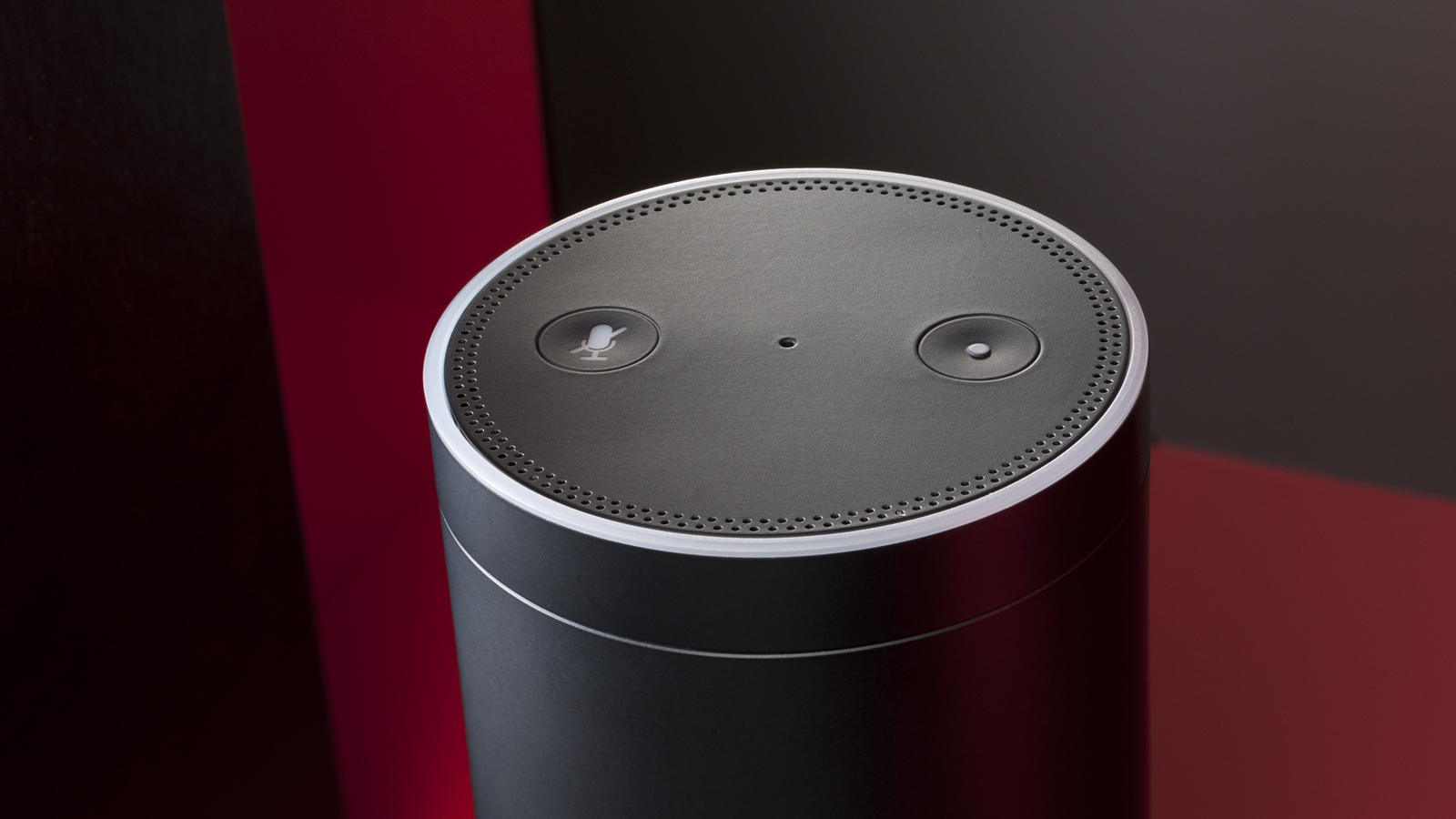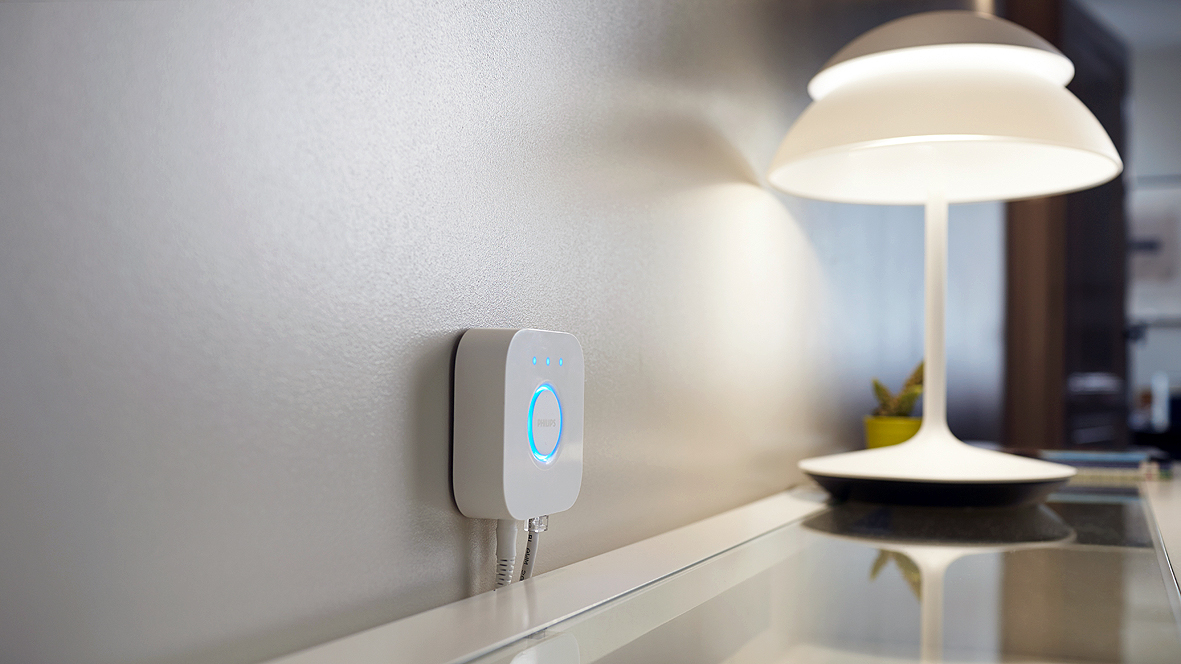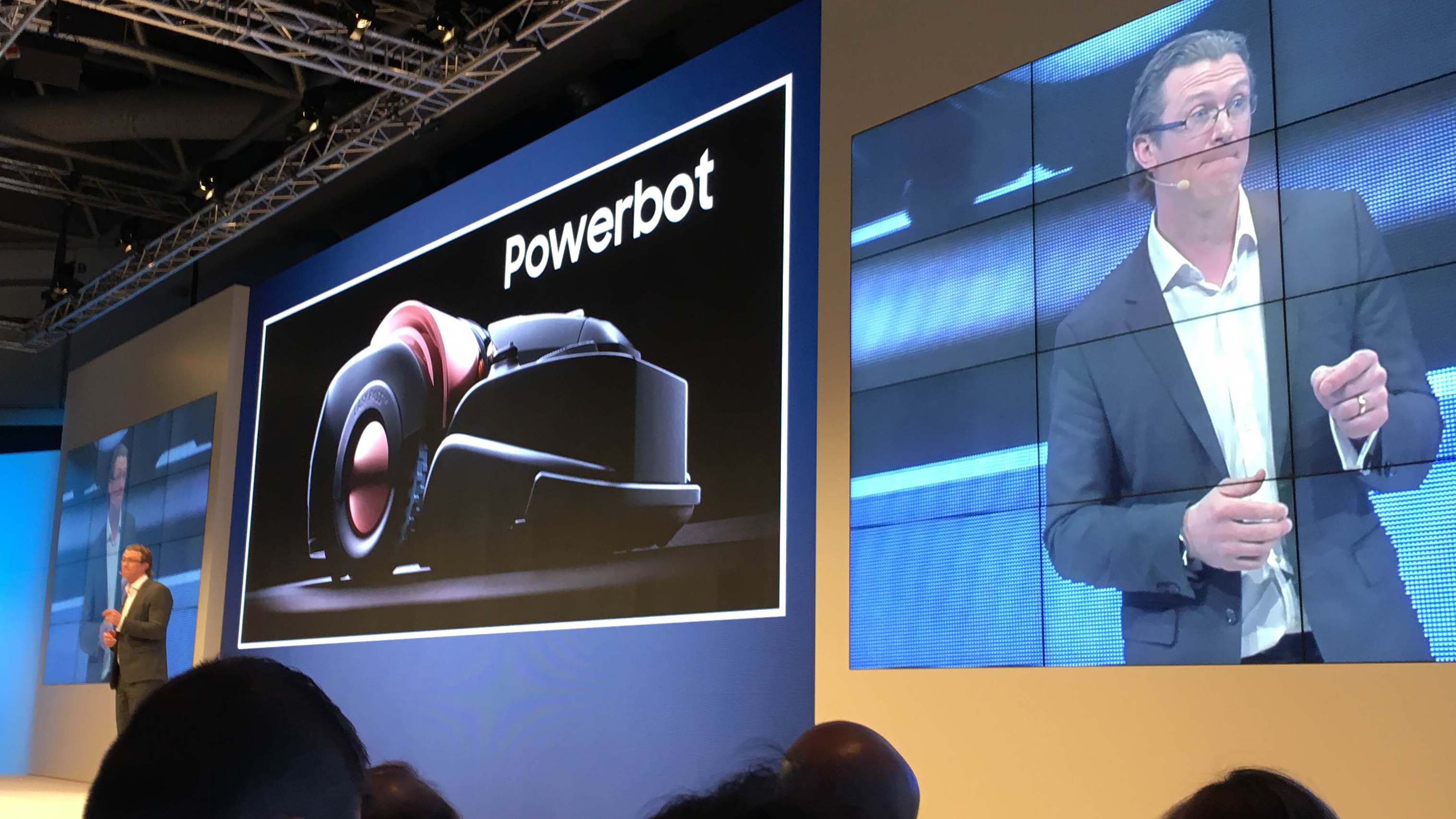The automated home is a mess
That's the bad news. The good news: it's getting better, fast.

We've been promised the smart home for decades and always been disappointed, but we're told that this time is different.
The smart home - a home where even the humblest appliance, plug socket or light bulb is connected to everything else and controllable through apps - is absolutely, positively, definitely ready for prime time.
But is it? This year's CES may have been packed with smart home devices, but behind the home hub hype there's a mess of incompatible standards, security worries and the odd manufacturer behaving badly.
Why standards matter
Let's start with the language these machines speak. Standards are those languages: gadgets can only communicate with each other if they understand what you're saying. In smart homes those languages are standards such as Apple's HomeKit, Google's Weave and Samsung's SmartThings, and unfortunately those standards aren't compatible with one another.
Let's say you've got an iPhone and you want to control your smart home with Siri. None of the major smart thermostats currently on sale in the UK - Heat Genius, Hive, Honeywell Ecohome, Nest, Tado and Heat Miser – are compatible with Apple's HomeKit, so Siri can't control them.
Belkin WeMo smart switches aren't HomeKit-compatible either, and neither is the first generation of Philips' Hue smart lighting system (the second generation, launched in late 2015, does have HomeKit).
The end result? You need a separate app for each system, and sometimes separate hardware too: for example, Hue bulbs communicate via a wireless technology called ZigBee, which requires adding a hub to your Wi-Fi router.
Sign up for breaking news, reviews, opinion, top tech deals, and more.
It's a similar story with other standards. Google's Nest thermostat runs a version of its Weave software, although Nest Weave isn't the same as the Google Weave that's been published for others – so future Weave products may not work with Nest, even though they apparently share the same language.

Amazon's Echo requires Amazon-specific apps. And there are tons of smart home products from other manufacturers who use their own proprietary technologies and software too.
Kevin Meagher is vice president of business development for ROC-Connect, which works with some of the world's largest telecommunication firms, device manufacturers, utility firms and retailers to create smart home products and services. "I think the problem is not technology, but business models," he told techradar.
"Many businesses don't want compatibility; they want to sell as many of their own proprietary branded products and services as possible… it is simpler to deploy point to point - single device, single app - in this early market."
That's where the incompatibilities come from. Remember the early days of the internet, when the likes of AOL, CompuServe and The Microsoft Network offered competing walled gardens that didn't want you to go anywhere else?
The smart home has its own walled gardens, and like the internet ones they'll have to go. As Meagher says, "the market has already started to recognise that consumers will not want to stand on the doorstep opening the door with one app, controlling the heating with another and so on."
Getting smarter
In addition to multiple standards, there are multiple ways for devices to connect to one another. Wi-Fi is currently ubiquitous, but it's too complex and power-hungry for smaller devices.
To date smaller smart home devices have used low power mesh networking based on a different wireless standard, 802.15.4.

The big names here are ZigBee (which powers the likes of Hue) and ZWave (which is used by firms such as ADT). ZWave is proprietary – to use it, devices need to include Sigma's radio chips – but ZigBee is more open and more flexible.
ZigBee became even more attractive this year, when at CES 2016 the ZigBee Alliance announced a partnership with Thread. Thread aims to create a standard protocol – like the internet's TCP/IP – for smart home devices, and its members include Google, ARM, Samsung and Qualcomm. Thread, like ZigBee, is based on 802.15.4.
Thread is all about the connection; the software sits on top of it and could be Google's Weave, ZigBee's software or anybody else's. It's like web browsers: whether you use Chrome or Firefox, you're talking TCP/IP.
Google's backing gives Thread a lot of weight – with Android on phones, the Brillo operating system on simpler devices, Thread communications and Weave tying everything together, it's a compelling system for device manufacturers – but there's another standard emerging, called HaLow.
That's the Wi-Fi Alliance's name for the 802.11ah standard, which uses lower frequencies than traditional Wi-Fi for longer range and lower power consumption.
Remember when Bluetooth LE sparked a boom in connected devices for smartphones? The Wi-Fi Alliance is hoping that HaLow is the milkshake that brings all the boys to the yard, where the boys are smart devices and the yard is your router.
Meagher explains that manufacturers are working on what he calls "curated technologies", where the smart home systems use whatever technology they like best but plug into the key ecosystems such as Weave or HomeKit.

"The good news for consumers is that if they buy into any of the ecosystems using curated technology, the devices are usually compatible across all platforms so the only expense to move between service providers might be a new hub," he says.
That hub might be a brand new router – routers that offer Thread or HaLow support alongside the normal Wi-Fi channels are on the horizon – or it might be a dongle that plugs into an older router to enable specific smart home technologies.
Hub-aaagh hub-aaagh
Updating your smart home with a new hub sounds like a great idea, and it's how Philips brought HomeKit compatibility to its ZigBee-based Hue lights: the new hub made your existing bulbs HomeKit compatible.
Unfortunately, the upgrade also showed the dark side of smart home systems when a firmware update removed compatibility for cheaper third party bulbs. Philips said it was due to security and performance concerns, but the internet thought something more sinister was going on.
For Meagher, shutting out other products is a move that can only hurt. "The more difficult they make it for customers to scale Philips products and force them to interoperate with other platforms, the less they will ultimately sell. Like a lot of manufacturers, they need to decide whether they are a service provider or a device supplier.

Philips has since promised to reverse the update, and its "Friends of Hue" programme will certify non-Philips bulbs as safe to use with Hue systems. Google has a similar programme, Works With Nest, which turned the closed Nest system into a home automation hub for third party devices.
One of our own concerns is of backing the wrong horse by choosing the wrong platform - which could be an expensive mistake. Meagher recommends "those with the most labels" detailing the smart home standards they support; ultimately, "devices with open APIs using the mainstream technologies will win the day."
Samsung agrees: speaking at the Samsung European Forum, Rory O'Neill said that he wanted to see the industry "breaking down any barriers to entry and keeping things simple… we have to use common standards so things will work together."
We're some way from smart home systems where we can control absolutely everything with a single word to Siri, Cortana, Alexa or Google Now, and the likelihood of a single home automation standard rising to encompass everything seems rather unlikely.
However, manufacturers are increasingly aware that compatibility matters, and there's every chance that devices will emerge that support Apple's HomeKit, Google's Weave and the wider Thread simultaneously.
"I believe there is a problem with various companies seeking to lock consumers into proprietary ecosystems but that will, in my view, ultimately fail," Meagher says.
"When Nest first came to market it was a very rigid business model that did not allow any open access to APIs so customers could only use the Nest App. In just the last 2 years, as the smart home has evolved and there are many more platforms, they have relented and opened their APIs. For me this is proof that even the biggest players in any given sector will need to play fair or ultimately lose business."

Contributor
Writer, broadcaster, musician and kitchen gadget obsessive Carrie Marshall has been writing about tech since 1998, contributing sage advice and odd opinions to all kinds of magazines and websites as well as writing more than twenty books. Her latest, a love letter to music titled Small Town Joy, is on sale now. She is the singer in spectacularly obscure Glaswegian rock band Unquiet Mind.